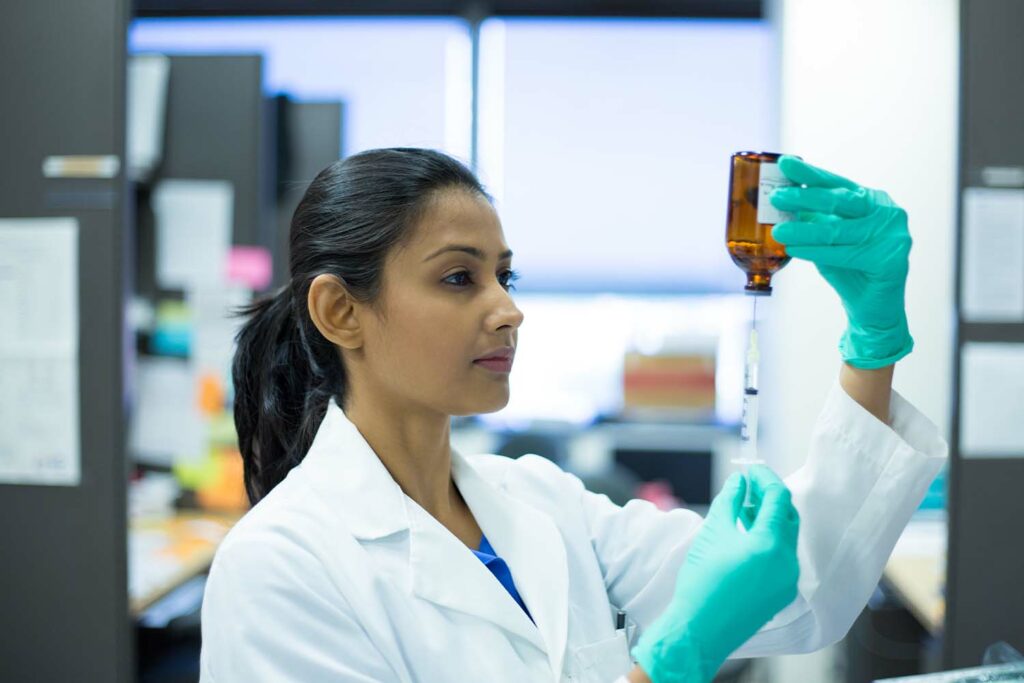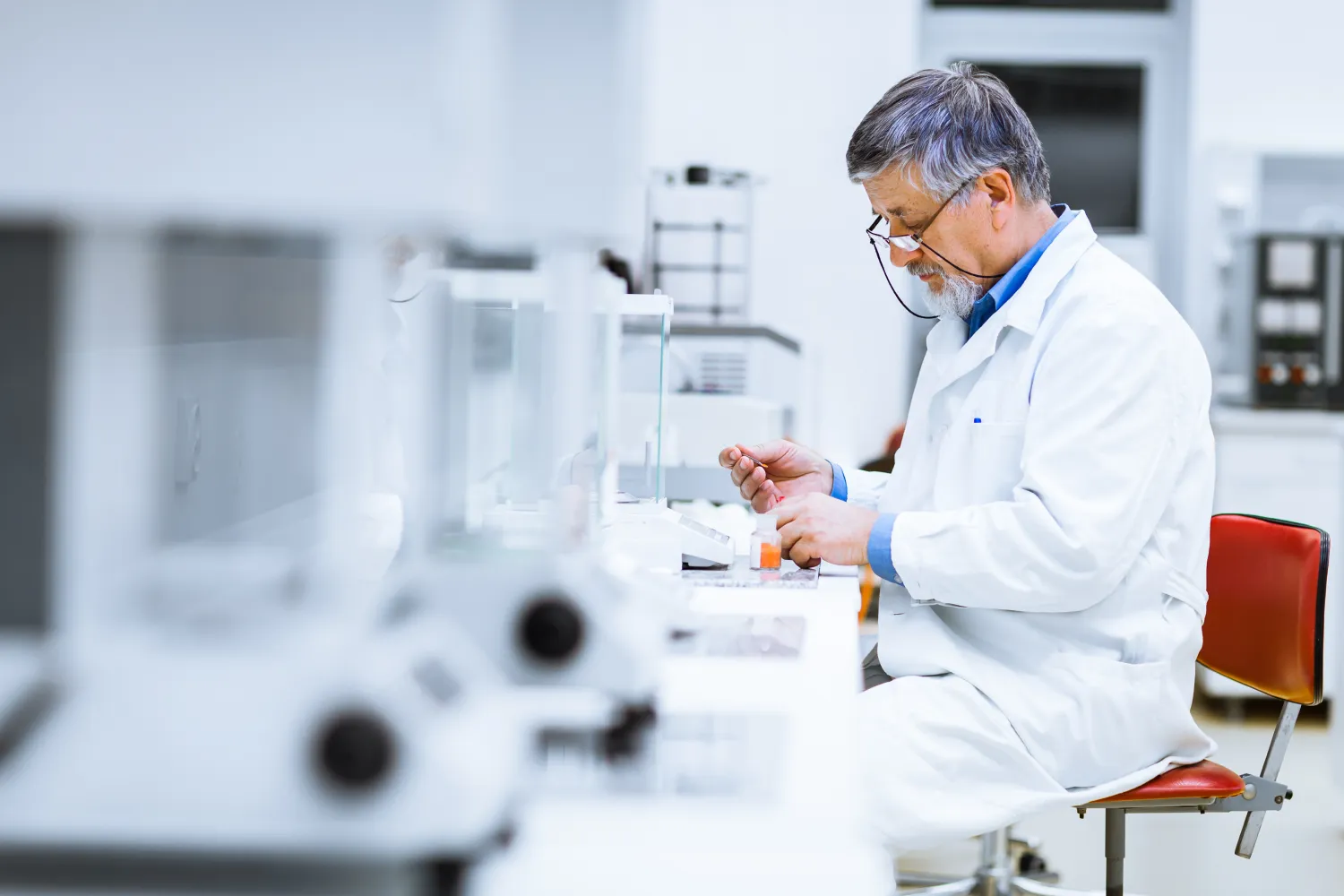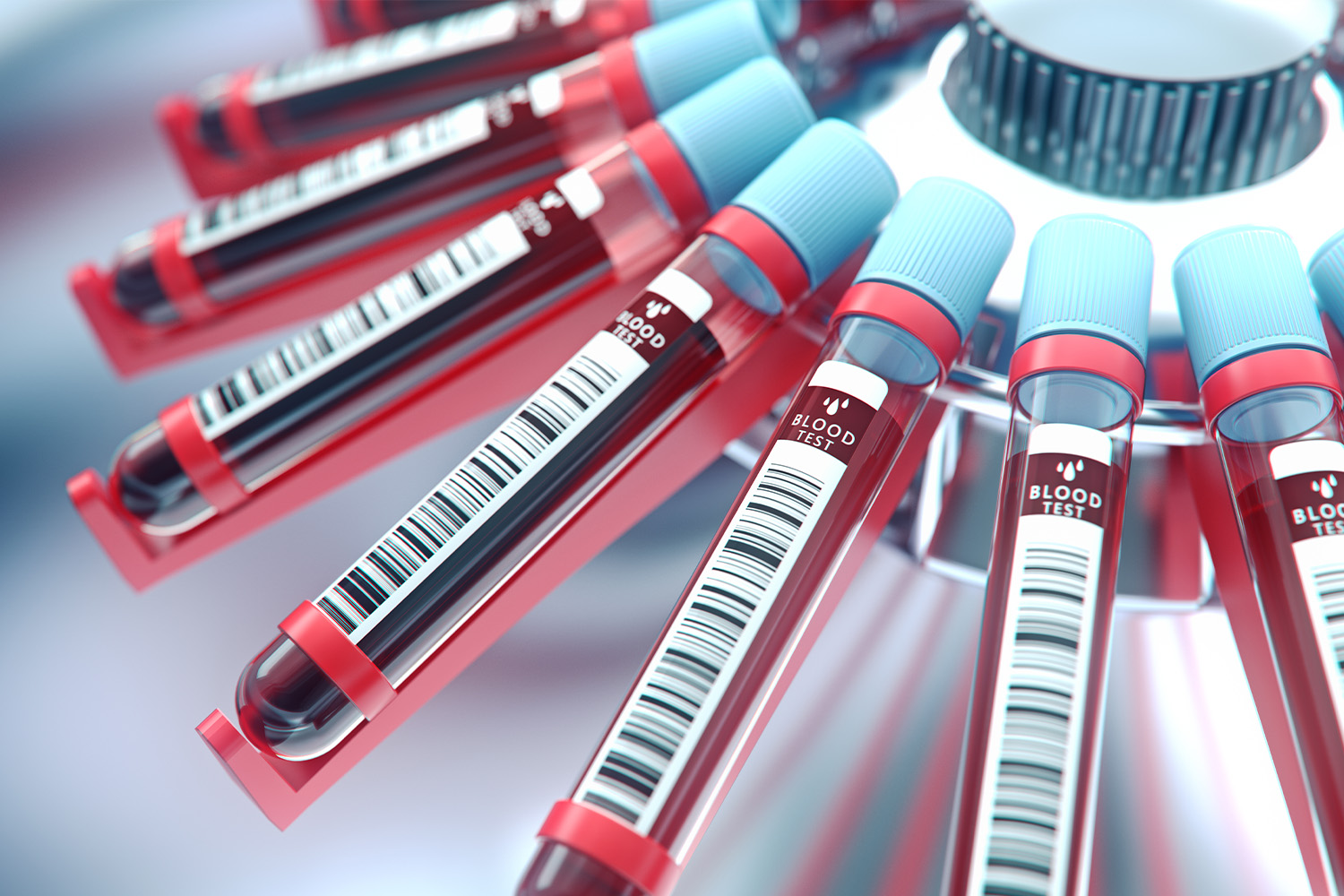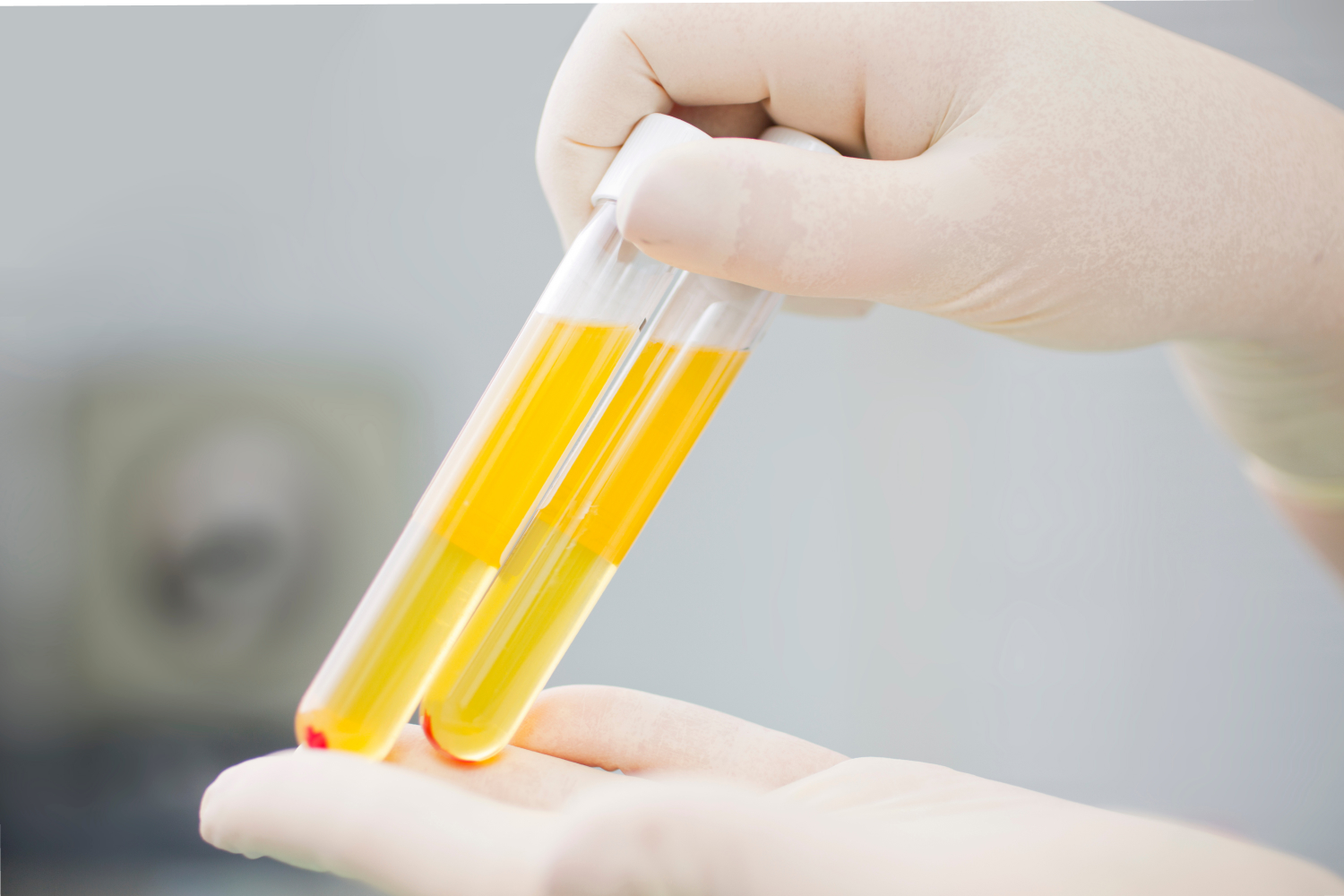
Tissues are a group of cells that form to create a bodily organ or structure such as the skin, heart, or lungs. Tissue samples consist of cells taken from a portion of these tissues or organs and are commonly utilized in clinical trials to test for the presence of a biomarker or characteristic that is useful for directing therapy or understanding of the disease.
Why We Use Tissue Specimens in Clinical Trials
Tissue can be used for a variety of reasons, but in clinical trials, it is useful for diagnosing and classifying diseases, such as identifying what type of cancer a person may have and what cellular characteristics it may express. Additionally, and just as important, tissue can be used to monitor therapeutic response, such as if cancer is responding to therapy.
Human tissue specimens have experienced a rapidly increasing importance in recent years. This significance is paralleled with the rise in whole genome and informatics technologies advancements, so it is no coincidence that the demand for human tissue specimens has soared in addition.
As a result, human tissue specimens play a key role in the development of our understanding of disease, personalized medicine, and targeted therapies.
What Are the Benefits of Human Tissue Specimens?
Human tissue specimens provide many unique benefits in scientific and medical research in comparison to animal cell lines and specimens. While animal specimens may be easier, cheaper, and more ethical to obtain, sometimes the animal disease process simply does not translate well to the human disease counterpart.
The unique human patient profile is a robust combination of genetics, diet, environmental factors, and current health issues. Due to this complexity, using individualized human tissue in clinical trial research is critically important to advance our understanding of disease. Diagnostic techniques and patient-specific drug and treatment options can be developed from an increased understanding of human biology through tissue research.
As technology advances, so does our ability to identify and utilize biological information in tissue specimens. Molecular features and pathways unique to human tissue specimens have revealed new treatment strategies and opportunities for specific diseases.
This personalized or individualized approach to medicine oftentimes revolutionizes the way we approach treating a patient instead of the disease.
Study of Tissues in Cancer Research
No field of medicine benefits as much from the study of tissues as oncology. The pathology of cancer can not only be difficult to identify, but regularly one patient’s cancer can express different molecular and cellular features from another patient’s, even in cancer of the same tissue origin. Cancer research in tissue samples, in addition to genetic profiling, greatly increases oncologists’ understanding of a cancer cellular phenotype.
One of the most prolific examples of utilizing tissue specimens in cancer was the identification of the HER2 receptor on breast cancer cells. What was once a poor prognostic indicator for an aggressive breast cancer cell type became a positive prognostic indicator with the introduction of targeted antibody therapy against the HER2 receptor.
Without the identification and evaluation of HER2-positive breast cancer cell tissue, this important medical breakthrough would not have been realized.
Beyond the utilization of tissues in discovering new therapies, the administration of tissue biomarker-specific drugs is based on the presence or absence of the corresponding biomarker. Furthermore, the presence of certain cellular characteristics in some tissues will render certain drugs ineffective.
This disadvantage is commonly the result of a mutation, such as the lack of efficacy of the drug cetuximab in KRAS-mutated colon cancer and the drug gefitinib in EGFR-mutated lung cancer.
Tissue Implementation in Drug Development
A major area for the utilization of tissue samples is in the field of drug development. The vast majority of the thousands of early compounds in the development pipeline do not end up on the market.
This, coupled with the rising cost of drug discovery and preclinical development, leaves a large window of opportunity for more affordable, refined, and targeted drug development, possibly with further implementation of tissue research.
Tissue research can directly improve the area where most potential drugs fail — lack of efficacy. Preclinical tests in drug research and development do not always translate well in predicting drug safety and efficacy.
Increasing the amount of tissue specimen implementation in preclinical research can help improve the process in numerous ways, including better target validation using biomarkers, more thorough identification of potential side effects in vital organs, and reducing the need for animal experimentation.
Ultimately, increasing the usage of tissue studies in drug development-focused clinical research can help bridge the gap between in vitro, in vivo, and animal research studies. Both drug efficacy and safety can benefit from this additional information and decrease the overall cost and time to bring the drug to market by taking a more comprehensive, thorough approach.
What Are Some Hurdles To Utilizing Tissues?
Storage of Tissue Specimens
Human tissue specimens are not only useful at the time of diagnosis and treatment, but can be useful for disease research going forward. Only a small proportion of all tissue acquisition is utilized for diagnosis or treatment, while the larger majority is stored in specialized surgical specimen biorepositories.
The stored tissues are either frozen or preserved, embedded in paraffin wax that allows the tissue to be useful for ongoing research in the future. One example of a large biorepository model is the Cooperative Human Tissue Network (CHTN) where tissues are provided specific to an investigator request. Alternatively, tissues can be requested from tissue banks such as the National Cancer Institute Clinical Cooperative Group Banks.
Logistical Challenges
Unfortunately, it can be difficult to balance science and practicality when attempting to utilize tissues in time-sensitive situations. The process of collecting a tissue specimen and ultimately realizing a targeted approach to a patient’s therapy can take a long time — sometimes a month or longer.
Signing the consent form, obtaining and preparing the sample, and having a pathologist evaluate the results is not an immediate process. Sometimes, this course of action is unacceptable in a patient who may have a rapidly advancing cancer diagnosis and cannot wait for targeted therapy options.
One possible solution to these logistical challenges might be the implementation of a liquid biopsy, a simple, non-invasive blood draw that can reveal similar information to a surgical biopsy, such as the presence of a cancer cell mutation.
This information is as valuable to regular biopsy in some disease states because it can give diagnostic clues about which treatments are most likely to work in some patients. Unfortunately, liquid biopsy is only available for select types of cancer mutations and is not widely utilized.
In the world of drug development, the use of human tissue in preclinical trials remains rare despite plenty of tissue being available. Similar logistical and technical difficulties impede the use of human tissue in this field as well. Finding a specialized, experienced clinical research organization to lead the preclinical studies can help to an extent.
Summary
Human tissue specimens provide a plethora of opportunities for advancement and refinement of clinical research. With recent innovation in whole genome and informatics technologies, tissue research has never been poised to play such a critical role in the future of clinical research.
In addition to better understanding the pathophysiology of disease, tissue research has dramatically improved our approach to treating the patient directly, instead of the disease.
Acquiring quality tissue biospecimens can sometimes be challenging, but at research corporations such as iProcess, obtaining a quote is easy and ensures the highest quality samples are delivered to you to meet your research deadlines.
iProcess supplies specimens including tissues, blood, plasma, serum, urine, stool, and swab samples to many companies ranging from start-ups to major pharmaceutical, life science, diagnostic, and research organizations.
Sources:
The Application Of Human Tissue For Drug Discovery And Development | DOI
Patients With Advanced Non–Small Cell Lung Cancer: Are Research Biopsies A Barrier To Participation In Clinical Trials? | Sciencedirect




